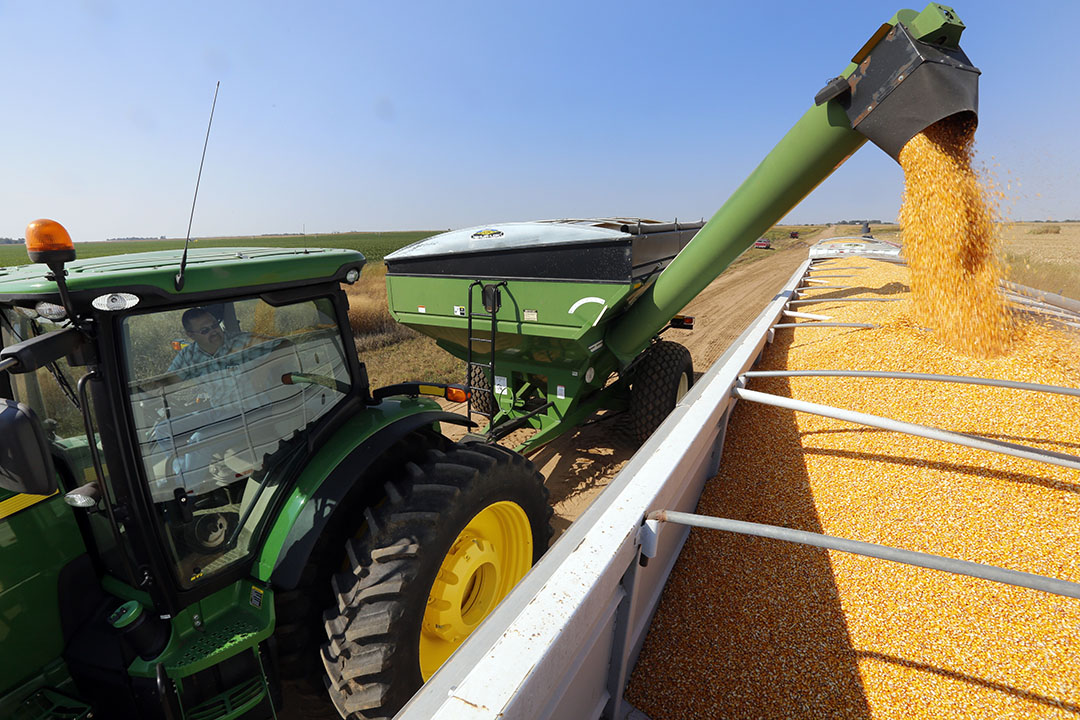Good quality and production for US corn

A warm and moist growing season resulted in near-record yields and good quality for the 2018 corn crop in the United States (US).
This is according to the 2018/2019 Corn Harvest Quality Report from the US Grains Council (USGC). This is the Council’s 8th annual corn quality survey that looks at several quality parameters in the corn:
- Grade Factors: test weight, broken corn and foreign material (BCFM), total damage and heat damage
- Moisture
- Chemical Composition: protein, starch and oil concentrations
- Physical Factors: stress cracks/stress crack index, 100-kernel weight, kernel volume, kernel true density, whole kernels and horneous (hard) endosperm
- Mycotoxins: aflatoxin and deoxynivalenol (DON) or vomitoxin.
According to the report, the majority of 2018 corn crop conditions were rated as good or excellent during the growing season, leading to strong plant health, good kernel size and a projected crop of 371.52 million metric tons (14.626 billion bushels), the third-largest crop on record.
Good kernel quality
The report showed 93.9% of tested US corn samples rated at US Grade No. 2 or better; this was largely the result of a warm, wet vegetative period and a moderate pollination and grain-filling period. The drier, moderate temperatures during the second half of the growing season promoted healthy plants, good test weights and low kernel damage. Average test weight of 58.4 pounds per bushel (75.1 kilograms per hectoliter) was higher than the five-year average and indicates good kernel filling and maturation. Average 100-kernel weight of 35.07 grams was lower than 2017, but above the five-year average.
Protein content of corn
Protein is very important for poultry and livestock feeding because it supplies essential sulphur containing amino acids and helps to improve feed conversion efficiency. Protein concentration tends to decrease with decreased available soil nitrogen and in years with high crop yields. Protein is usually inversely related to starch concentration. Results are reported on a dry basis. Average US aggregate protein concentration in 2018 averaged 8.5%, lower than 2017 and 2016 (both 8.6%), but same as the 5 year average (8.5%).
Mycotoxin contamination
The corn samples have also been tested on mycotoxins. A total of 181 samples was analysed for aflatoxin in 2018, compared to 180 and 177 samples tested for
aflatoxin in 2017 and 2016, respectively. All but one sample, or 99.5% of samples, tested below the US Food and Drug Administration (FDA) action level for aflatoxin (20 parts per billion, ppb).
A total of 181 samples was analysed collectively for DON in 2018, compared to 180 and 177 samples tested for DON in 2017 and 2016, respectively. In 2018, 100% of the corn samples tested below the 5 ppm FDA advisory level for deoxynivalenol (DON), same as in 2017 and 2016. In addition, 74.6% of the samples tested below the US Department of Agriculture (USDA) Federal Grain Inspection Service (FGIS) “Lower Conformance Level”, a lower proportion than in 2017. This decrease may be attributed to weather conditions that were more conducive to DON development in 2018 than in 2017.
Little less harvested in 2018
The number of hectares corn harvested in 2018 is projected to be 33.10 million (81.8 mil acres). This is 0.38 mil ha (0.9 mil acres) less than in 2017 and is slightly less than the average of 33.67 mil ha (83.2 mil acres) harvested from 2008 through 2017. However, the 2018 crop experienced the highest average yield on record, thereby producing a crop estimated to be the third-largest US corn crop on record at 371.52 mmt (14,626 mil bu). This crop is estimated to be 13.26 mmt (522 mil bu) smaller than 2016’s record crop (384.78 mmt or 15,148 mil bu).











